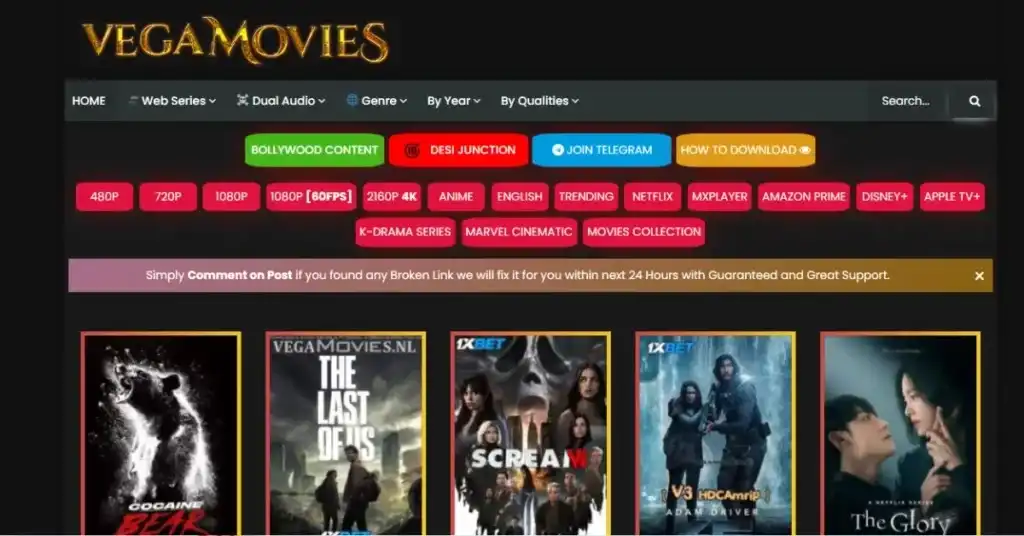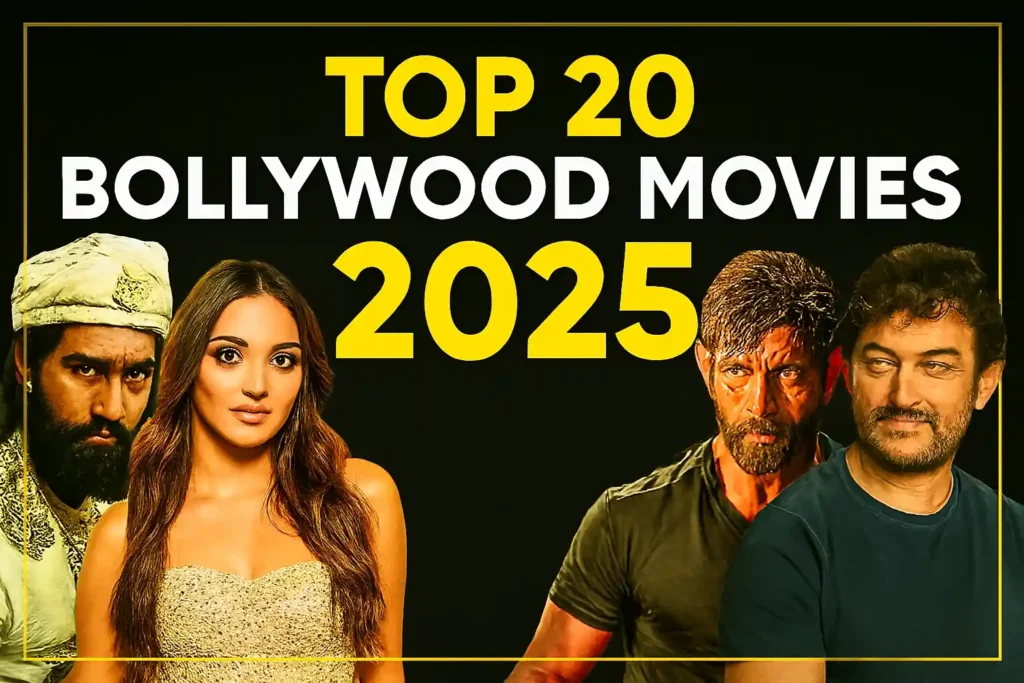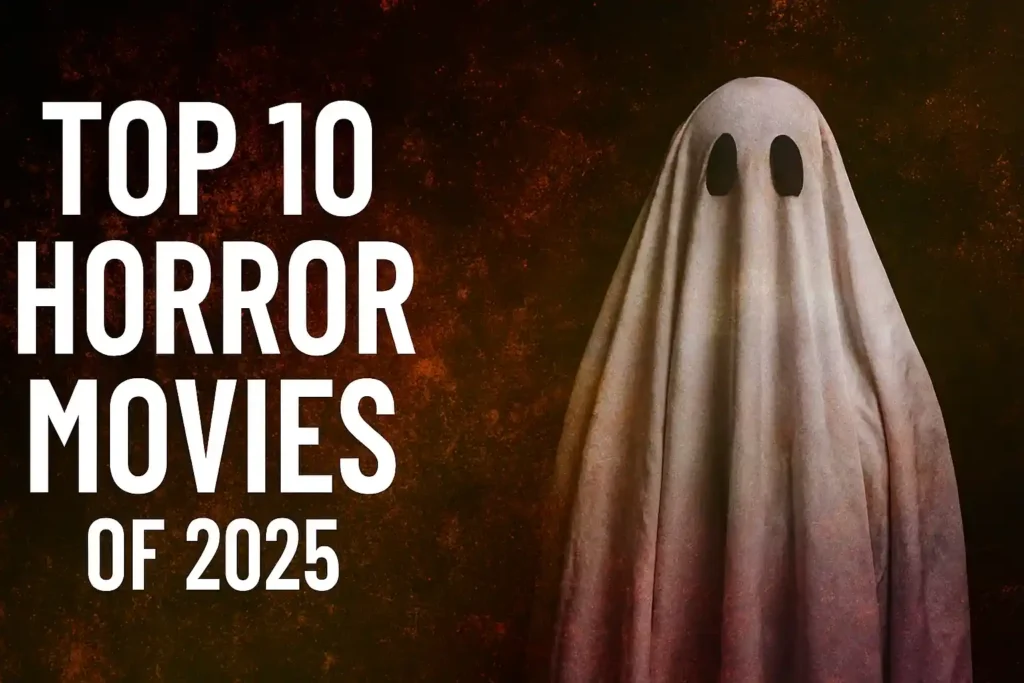Hera Pheri 3 remains one of Bollywood’s most discussed prospective projects, with updates arriving in bursts rather than a steady stream. Recent interviews and media reports indicate the film is back in active pre-production after a period of uncertainty that included a temporary exit by one of the franchise’s key actors and legal posturing that threatened to derail progress. Production sources and principal creatives have signalled a tentative shooting window in early 2026, though a definitive start date has not been publicly confirmed by the team.
What changed: the cast, the dispute, and the resolution
The original Hera Pheri (2000) established a comic trio: Raju, Shyam, and Baburao, brought to life by Akshay Kumar, Suniel Shetty, and Paresh Rawal respectively, with Priyadarshan directing the first instalment. The third film has cycled through optimism and friction in equal measure. A widely reported episode earlier this year saw Paresh Rawal announce his exit from Hera Pheri 3, which triggered intense debate across entertainment circles and reportedly prompted legal responses from other stakeholders. Those tensions were covered extensively in the media and later addressed directly by the principal parties involved.
Following that episode, Paresh Rawal rejoined the project after discussions with the filmmakers and returned the initial signing amount with interest, according to sources close to the actor and reporting at the time. Paresh has since stressed that his professional bond with director Priyadarshan remains intact and that the period of conflict has not damaged their long-term working relationship.
Directors and producers have been careful to frame the episode as a resolved disagreement rather than an irreparable rupture; the focus now, publicly at least, has moved back to script development, casting logistics, and the practicalities of scheduling three high-profile actors whose individual commitments and market positions have evolved since the last franchise entry.
Priyadarshan’s position: quality over rush
Priyadarshan, who directed Hera Pheri and retains a close creative stake in the franchise’s legacy, has been explicit about his terms for returning to helm a third instalment. In interviews he has emphasised that he will only direct Hera Pheri 3 if the story and screenplay live up to the standard set by the original film and justify reviving the characters for contemporary audiences. He framed his involvement as conditional on a script that respects the original’s tone and comic rhythm while offering a narrative robust enough to stand on its own, which indicates a cautious, quality-driven approach rather than a commercial rush to capitalise on nostalgia.
Priyadarshan’s comments signal two key editorial priorities. First, preserving the franchise’s comedic identity and the chemistry among the three leads. Second, avoiding a filmmaking gamble that could damage reputations or underdeliver to an audience that still regards the original with fondness. His stance has influenced public expectations, pushing observers to see the film’s development as a deliberate creative process rather than an inevitability.
Creative challenges for Hera Pheri 3
Reuniting a beloved comedic franchise after nearly two decades presents several distinct creative challenges.
- Preserving character voice and dynamics: Raju, Shyam, and Baburao are iconic because of their interplay and timing. Any sequel must honor that chemistry while allowing characters to evolve in ways that feel organic rather than contrived.
- Balancing nostalgia with novelty: The film must reference the original enough to reward long-time viewers but also provide new plot momentum, fresh comic set pieces, and contemporary cultural context to attract younger audiences.
- Writing a believable stakes structure: The original film succeeded because its central misunderstanding escalated into farcical stakes that remained character-driven. Replicating that structure without repetition demands a fresh premise with clear escalation and payoff.
- Tone management: Modern comedies often oscillate between slapstick and situational satire. Hera Pheri 3 will need to calibrate the balance so that it remains true to the franchise’s humour while avoiding feeling dated or overly contrived.
These challenges are precisely why Priyadarshan and the leading actors have repeatedly stressed script readiness as a prerequisite to moving into principal photography.
Production considerations and market context
From a production standpoint, several practical factors will shape the film’s trajectory.
- Scheduling and availability: Akshay Kumar, Suniel Shetty, and Paresh Rawal each maintain busy calendars with solo projects, which complicates locking down a long shoot window and requires meticulous coordination from producers.
- Budgeting and financing: Reuniting stars of this calibre typically commands premium remuneration and production values, requiring producers to secure a distribution and revenue plan that justifies the investment.
- Box office positioning: The team must consider release timing relative to competing films and festival seasons. Several recent reports hint at a cautious placement in early 2026 to avoid marquee clashes and to ensure post production timelines are met.
- Creative control and production partners: With production backers reportedly involved, there is significant interest in shaping the film’s market positioning and box office strategy, which influences casting confirmations, promotional windows, and tie-in marketing plans.
Those production realities help explain the methodical cadence of public updates. Stakeholders appear to prefer controlled, accurate bulletins over speculative timelines that could spark unnecessary fan frustration if plans shift.
Legal and commercial fallout: what happened and why it matters
The public nature of Paresh Rawal’s brief exit created legal noise. Reports indicate that at one point there was a threat of litigation and claims related to financial commitments and production setbacks. Such disputes have implications beyond the immediate parties: they affect investor confidence, can delay ancillary contracts, and complicate scheduling for the wider crew and vendors attached to the project.
Resolution of those disputes through returned funds, private settlements, or renewed contracts was crucial for restoring momentum. The industry’s focus since has shifted to ensuring that contractual safeguards are put in place so similar disruptions do not recur once shooting begins. That pragmatic approach is aimed at avoiding reputational and financial risk for everyone involved while enabling a smoother production workflow when the film moves to the set.
What audiences can expect from the filmic approach
A respectful sequel strategy typically includes several creative pillars, and early public remarks by the film’s creatives point toward these intentions.
- A script first approach: The team is prioritising a complete and convincing screenplay before committing to shooting dates or extensive pre production, signalling an emphasis on story coherence and character driven comedy.
- Ensemble focused humor: Multiple reports emphasise that the film’s appeal rests on the trio’s dynamic, so writers and directors are reportedly developing scenes that create the right conditions for the three leads to play off each other naturally.
- Modernised settings with classic sensibilities: Expect contemporary plot devices such as mobile scams, digital misdirections, or satire of modern institutions framed through the franchise’s signature misunderstandings and escalating mishaps rather than a full tonal reinvention.
- Production polish: Given the cast and the film’s profile, producers are likely to invest in higher production values, tighter editing, and a promotional campaign that leverages nostalgia without over promising on content.
These strategic choices indicate a film agenda that aims to satisfy legacy fans while introducing the franchise to new viewers who expect modern cinematography, pacing, and comic beats.
Marketing and audience expectations
Marketing for a project like Hera Pheri 3 often follows a phased arc: a low key confirmation, a teaser or poster to validate the reunion, strategic song and trailer releases, and a focused theatrical campaign leveraging legacy dialogue, memes, and character moments. Stakeholders appear to be planning a campaign that emphasises authenticity by teasing the trio’s chemistry and the film’s script driven comic situations rather than exaggerated spectacle or gimmicks.
Audience expectations are split. Some viewers demand a faithful tone and memorable gags that echo the original. Others want a fresh narrative that does not merely repeat past beats. The production’s current emphasis on a script that does justice suggests the marketing will foreground the film’s story quality and the trio’s rapport over nostalgia only appeals.
Risks and opportunities
Every large franchise faces trade offs. Below are the most salient risks and opportunities for Hera Pheri 3.
- Risks
- Comparisons to the original: The first film’s cult status creates high comparative pressure. Misaligned tone or weak writing will attract sharp criticism.
- Scheduling slippage: Actor availability and any residual contractual concerns could delay production, increasing costs and complicating release planning.
- Fan backlash: If marketing or early clips create expectations the film cannot meet, the release could face concentrated criticism on social platforms.
- Opportunities
- Franchise revitalisation: A well executed third film can re establish Hera Pheri as an evergreen property, opening doors for spin offs, streaming specials, or renewed merchandising.
- Intergenerational reach: Strong scripting and modern references can attract both legacy fans and a younger demographic, expanding box office potential.
- Critical redemption: If the team delivers a screenplay driven comedy that respects the original’s humor, the film can earn goodwill from critics and audiences alike and create sustained returns beyond opening weekend.
Producers seem to be weighing these trade offs carefully, which helps explain the deliberate pace of announcements and the condition driven approach articulated by the creative leads.
Likely timeline and next steps
Based on public statements and trade reporting, the most probable next steps are:
- Finalisation of a shoot ready script and locked creative approvals from director and cast.
- Confirmation of production schedule and official announcement of start of shoot dates, likely planned for early 2026 if script and logistics are settled.
- Pre production ramp up including location scouts, casting of supporting roles, and negotiating ancillary deals for music and post production services.
- A coordinated marketing launch timed to coincide with principal photography milestones, followed by teaser and trailer releases closer to theatrical readiness.
While the team has been clear that nothing is guaranteed until the script meets creative standards and schedules are finalised, the prevailing indicators point toward a cautious yet forward moving plan aimed at a formal production phase in the first half of 2026.
Cast confirmations and supporting ensemble
Akshay Kumar as Raju: Akshay’s commercial presence and comic timing make him a natural fit to reprise Raju. Expect the filmmakers to write a version of Raju that reflects years of lived experience while preserving the character’s impulsive optimism and knack for ill fated schemes.
Suniel Shetty as Shyam: Shyam’s straight man grounding to Raju’s chaos is essential. The role will likely require subtler emotional beats alongside the comedy, giving the character opportunities to react rather than always drive the plot.
Paresh Rawal as Baburao Ganpatrao Apte: Baburao’s idiosyncratic speech and physical comedy are central to the franchise’s identity. Any return must balance fan service moments with fresh sight gags and lines that avoid mere repetition of past catchphrases.
Supporting casting choices will be pivotal. Fresh faces in key supporting roles such as a foil, a con, or an authority figure can create new conflict lines that let the trio shine without forcing contrived scenarios. Producers will likely pursue seasoned character actors for comic and dramatic support, and casting announcements may be staggered to sustain media interest.
Character development and arc possibilities
A successful sequel uses continuity to build credible character arcs. Possible directions the writers might explore include:
- Raju’s stakes and growth: From small time hustler to a man facing real consequences such as financial, relational, or social challenges. Raju’s arc could move from impulsive fixes to moments of moral clarity, preserving humor while adding pathos.
- Shyam’s recalibration: Shyam could be shown grappling with professional or familial responsibilities, allowing him to oscillate between exasperation and reluctant alliance with Raju again, which sustains the comic push and pull.
- Baburao’s core humanity: Rather than reducing Baburao to punchlines, the script can deepen his role by highlighting empathy and loyalty, making his missteps endearing while allowing him to contribute meaningfully to plot resolution.
Integrating emotional stakes without turning the film into melodrama will increase audience investment and broaden the film’s appeal beyond pure slapstick.
Music, score, and sound design
Music will play a crucial promotional and tonal role. Key considerations include:
- Signature motifs: Retaining musical cues or motifs that nod to the original film can trigger nostalgia while new themes can update the emotional palette for contemporary audiences.
- Songs versus score balance: A restrained number of well placed songs could support character moments and marketing. A sprightly background score will help pace comedy beats and escalate farcical sequences.
- Marketing through music: A lead single that captures the film’s spirit could serve as an early promotional asset, especially on streaming platforms and social media shorts.
Sound design, especially in physical comedy sequences, will be essential to timing. Crisp editing, well crafted foley, and dynamic soundscapes can sharpen comedic punches that would otherwise depend solely on dialogue.
Cinematography and visual tone
Modernising the visual language without losing the franchise’s feel will be a subtle balancing act.
- Camera language: A mix of conventional framing for dialogue heavy scenes and kinetic coverage for chase or slapstick set pieces will maintain accessibility while adding cinematic energy.
- Colour palette: Warm, familiar tones for domestic sequences contrasted with colder hues in moments of conflict can cue emotional shifts and help visual storytelling.
- Locations and production design: Real, lived in sets such as markets, cramped apartments, and small time offices retain the franchise’s charm while carefully staged spectacle sequences can raise production value without eclipsing the comedy’s intimacy.
These choices will influence audience perception. A clean, contemporary look signals that the film is not a rehash but a calibrated update.
Distribution strategy and platform considerations
The film’s release strategy will reflect market realities and evolving viewer habits.
- Theatrical prioritisation: For a nostalgia driven commercial property with mass appeal, an exclusive theatrical window makes sense to maximise box office returns and event ness.
- Streaming and pay windows: A structured post theatrical plan such as streaming exclusivity followed by TV syndication can broaden long term revenue, particularly important if producers aim to monetise internationally.
- Regional language versions: Dubbed releases or subtitled prints for non Hindi markets and international diasporas will increase reach and box office potential.
Timing the release to avoid marquee clashes with major Bollywood or global tentpoles will be critical to giving Hera Pheri 3 breathing room to build through word of mouth.
Box office projections and commercial outlook
Predictions vary depending on script quality, reviews, and audience sentiment at release, but several revenue drivers are clear.
- Opening weekend reliance: Nostalgia and star recall should deliver a significant opening, but sustained performance will depend on reviews and social conversation.
- Merchandising and digital monetisation: Iconic lines or character beats could spawn merchandising, viral clips, and monetised digital content that extend revenue beyond screens.
- International markets: The Indian diaspora and markets where Bollywood has traction could provide meaningful overseas returns, particularly in countries with large South Asian populations.
If the film balances quality comedy with solid promotion, it has a realistic path to being a profitable mainstream entertainer.
Critical reception risks and mitigation
Critics will assess Hera Pheri 3 against two axes: fidelity to the original’s spirit and the sequel’s standalone merit. To mitigate negative comparisons the production can use several practical measures.
- Early screenings for feedback: Controlled preview screenings can surface pacing or tonal issues that are fixable in post production.
- Honest marketing: Promoting the film on its strengths such as cast chemistry and a script first approach reduces the risk of overselling what the film is not.
- Avoiding retreaded gags: Prioritise inventive set pieces and character driven humour over recycled punchlines to demonstrate creative intent.
A strategic combination of careful editing, transparent marketing, and targeted previewing can improve critical and audience reception at launch.
Fan engagement and social strategy
Sustaining interest without overexposure requires a nuanced social plan.
- Teaser driven nostalgia: Short clips that highlight chemistry and character moments can reawaken fan affection without revealing major plot beats.
- Interactive campaigns: Contests, throwback content, and cast led live interactions will stimulate organic sharing and conversation.
- Staggered reveals: Phased casting and music reveals help maintain momentum from announcement through the release window.
A smart social strategy capitalises on fan memory while guiding expectations toward the film’s contemporary strengths.
Frequently asked questions
Will the original director return?
Public comments indicate that any return is conditional on a script that satisfies creative standards and honours the franchise’s tone.
Have all three original leads officially signed on?
Reportedly, the principal trio remain attached, though formal scheduling and contracts are subject to finalisation.
When will production begin?
Trade reports and creative statements suggest a target in the first half of the coming year, but no official start date has been confirmed.
Will the film be a direct continuation or a reboot?
Current indications favour a continuation that respects past events and character relationships while presenting a fresh story suitable for new audiences.
Conclusion
Hera Pheri 3 occupies a unique position in contemporary Bollywood: a legacy comedy with commercial heft and high audience expectations. The project’s measured pace such as script first decision making, resolved contractual tensions, and emphasis on preserving the trio’s chemistry suggests stakeholders are attempting to bridge nostalgia and modern filmmaking sensibilities deliberately. Success will depend on a sharp screenplay, careful casting of supporting roles, and a release plan that lets the film breathe in cinemas. If those elements align, the film stands a solid chance of honouring the original while offering a new generation a distinctly enjoyable comedic experience.


